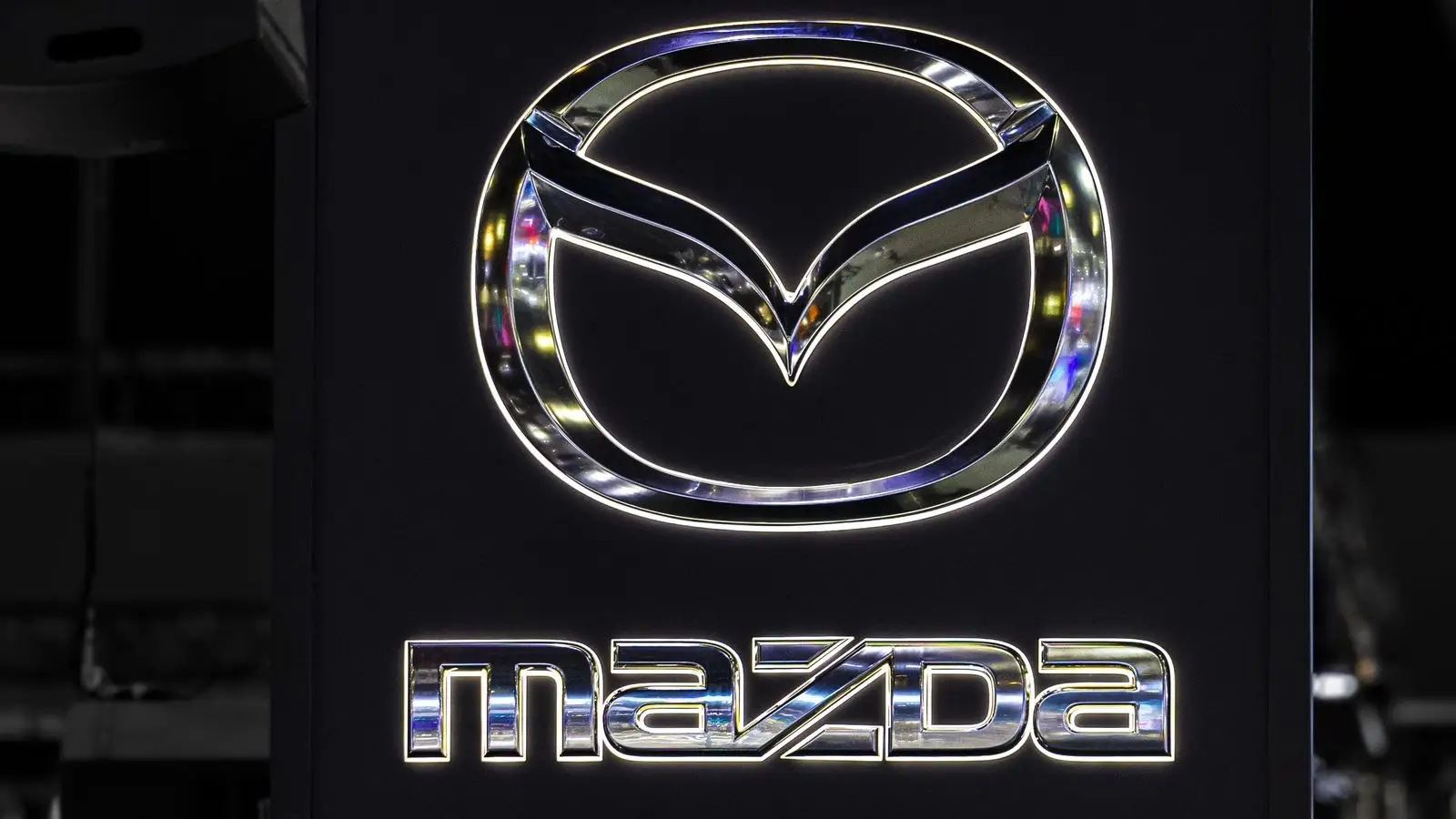News
Mazda Outlines Future Electrification Plans and Production Innovations

Mazda reveals its 2030 strategy with new EV models, SKYACTIV-Z engine, and production upgrades, focusing on flexibility, efficiency, and partnerships. Read more.
Mazda is steering boldly into the electrification era, unveiling a comprehensive strategy aimed at securing its future in the rapidly evolving automotive industry. During a multi-solution briefing in Tokyo, President and CEO Masahiro Moro outlined three key pillars that will guide the company toward 2030.
At the heart of this approach is Mazda's Lean Asset Strategy. By leveraging partnerships and optimizing investments, Mazda plans to reduce its investment from 2 trillion yen to 1.5 trillion yen. Collaborations with major players such as Toyota, Denso, and BluE Nexus will contribute to advancements in electronic systems, hybrid technologies, and battery thermal management. However, Mazda is also actively developing its own hybrid system, set to debut in the next-generation Mazda CX-5 in 2027, ensuring a balance between external expertise and in-house innovation.
Mazda is also doubling down on its Multi-Solution Strategy, which keeps driving pleasure front and center. The company will continue to offer a range of powertrain options—from traditional combustion engines to hybrids and fully electric vehicles—ensuring flexibility across markets and driving conditions.
Production, meanwhile, is getting a significant boost through the Monozukuri Innovation 2.0 program. Designed to enhance production flexibility and efficiency, this initiative has already been implemented at the Hofu plant in Japan, where assembly lines have been modernized to handle next-generation models more effectively. Mazda has indicated that similar advancements could extend to other production facilities in the future.
A key technical milestone is the introduction of the new SKYACTIV-Z engine, which will power the next-generation Mazda CX-5 set for launch in 2027. Designed to meet stringent Euro 7, LEV4, and Tier 4 emissions standards, this engine promises both fuel efficiency and strong performance.
Mazda’s electrification roadmap also includes its own battery electric vehicle (BEV), scheduled for release in 2027. The car will be built on Mazda's new, flexible BEV platform, designed to support different battery types and future technologies. Battery modules will be developed in partnership with Panasonic Energy, with production already underway at a dedicated plant in Japan.
On the production floor, automation is becoming a game-changer. Mazda is integrating Automated Guided Vehicles (AGVs) into its manufacturing processes, increasing efficiency and flexibility. The move aligns with the company’s broader strategy to streamline operations and reduce costs through technological innovation.
Reflecting on the road ahead, Masahiro Moro emphasized that as the automotive industry undergoes a major transformation, Mazda remains committed to evolving the driving experience for a new generation of vehicles.
With this multi-faceted strategy, Mazda is positioning itself not just to survive but to thrive in the electrified future—ready to compete and grow in markets around the world.
2025, Mar 18 18:32


